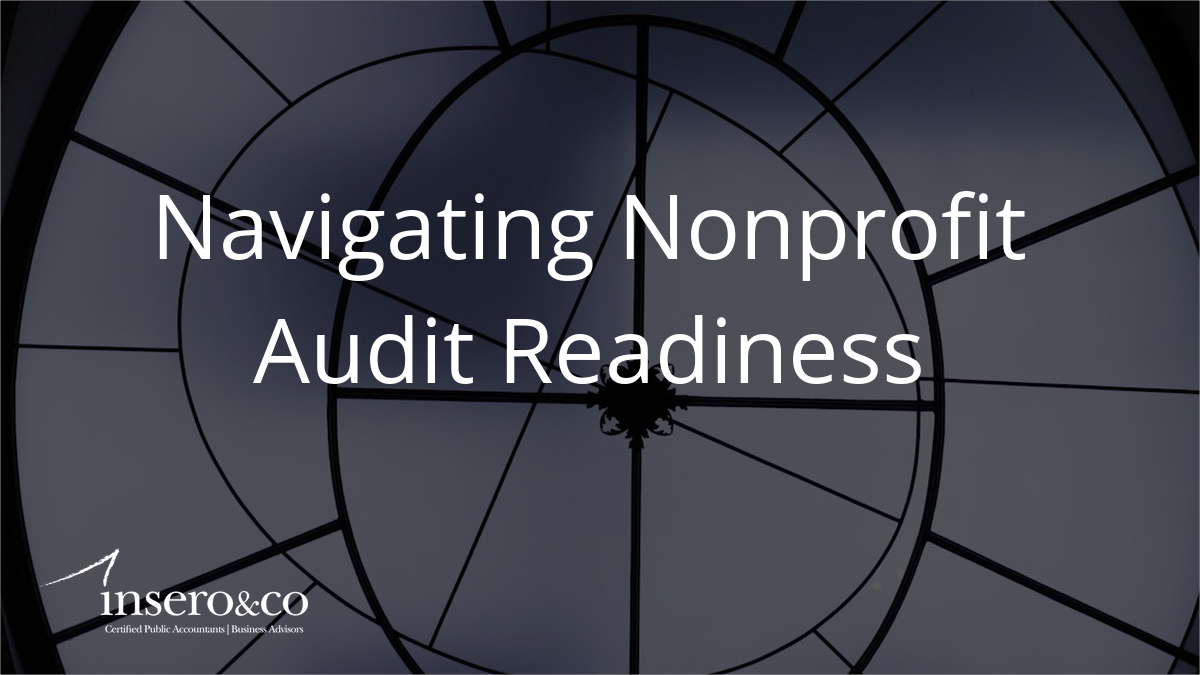This issue’s topics include:
Is it time to give a fresh look at “alts” in retirement plans?
Are many plan participants gaining the benefit of a truly broad diversification of retirement portfolio assets? The answer might depend on whether they’re covered by a defined benefit (DB) plan or a defined contribution (DC) plan. This article takes a look at why DB plans offering “alternative” investments, also known as alts, may make a big difference.
Time for class
Widening the scope of training for retirement plan committee members
Learning the ropes of overseeing a retirement plan isn’t a “one and done” exercise. Periodic training updates for retirement plan committee members acting in a fiduciary capacity is a prudent approach to ensuring that they maintain the current knowledge essential to carry out their duties. This article reviews why it’s important to ensure that new committee members get a strong grounding in plan operations and their responsibilities promptly on being appointed to a plan committee, if not before. A sidebar discusses whether following the “prudent man rule” is sufficient for retirement plan fiduciaries to perform their duties effectively.
DB plan de-risking strategies in full swing
Private sector employers have been retreating from the defined benefit (DB) pension model for decades. This is largely motivated by a desire to “de-risk” the company from a financial obligation that’s as variable as financial market behavior. More recently, holdouts on that trend have been given new motivation to depart from the DB design: escalating Pension Benefit Guaranty Corporation (PBGC) premiums. 2015 legislation set the stage for annual increases through 2019, after which the increases will be indexed for inflation. This article examines what plan sponsors of DB plans need to know about de-risking their plans.
Make your SPDs user-friendly
The text of a summary plan description (SPD) is usually the product of a tug-of-war between cautious ERISA attorneys who worry about the use of general, simple statements, and human resources professionals familiar with their average employees’ reading level. The attorneys often tug harder, and the result is a document that many employees pick up, glance at, and promptly toss. This article discusses why that’s not a good outcome.
Compliance alert
This feature lists a few key tax reporting deadlines for September.
As always, we hope you enjoy this edition of our newsletter and we look forward to receiving your feedback. Should you have any questions regarding the information contained in the attached materials or our Employee Benefit Plan Services, please feel free to contact me directly.
Want to learn more?
Join our Employee Benefit Plan Resources group on LinkedIn for more frequent updates on recent developments and best practices and discuss related topics with your peers.





